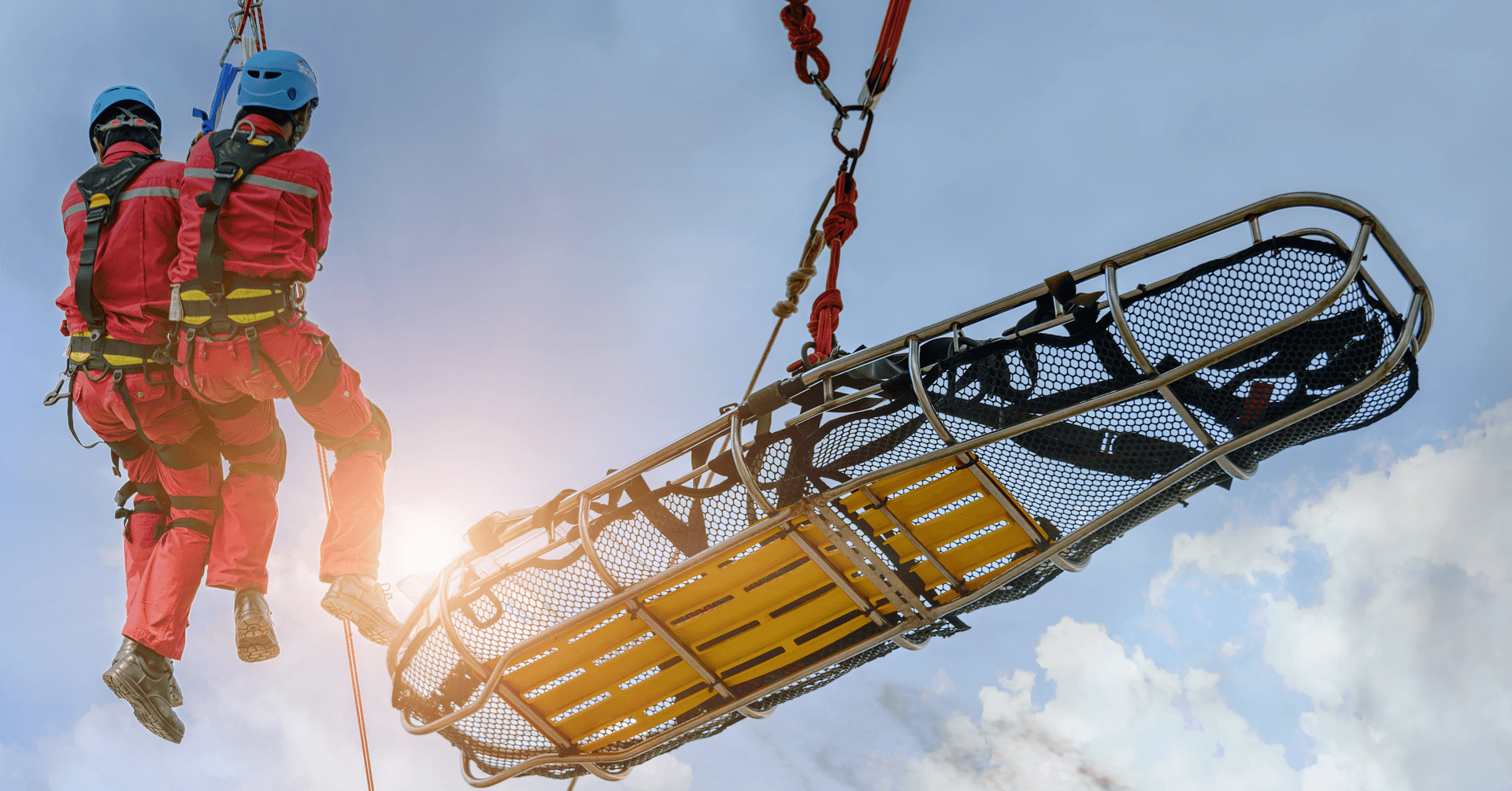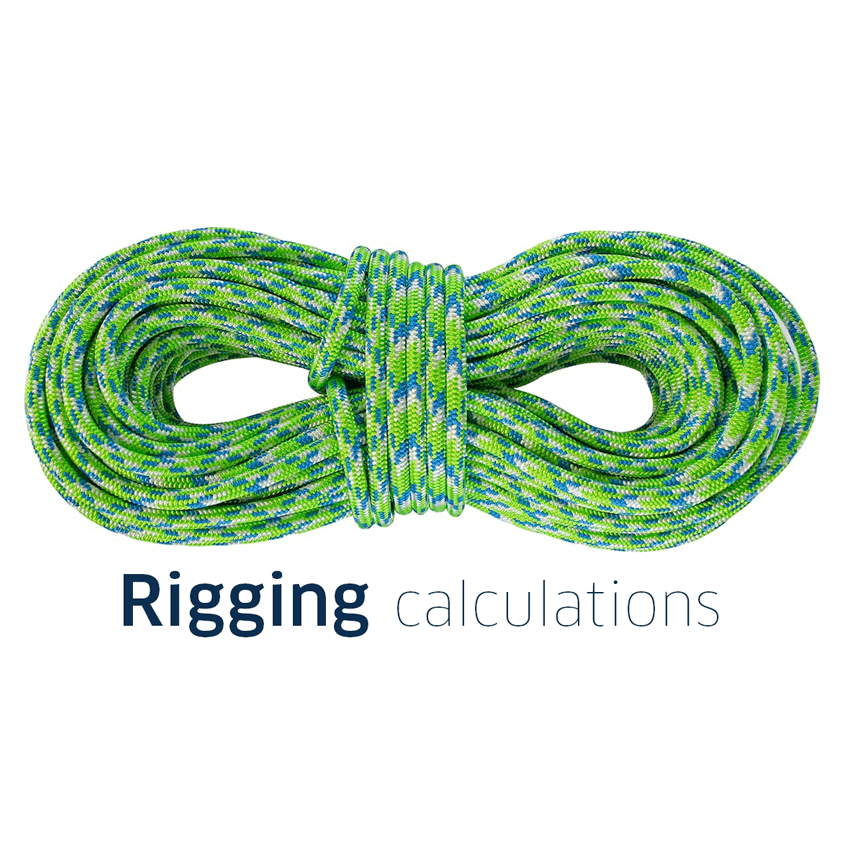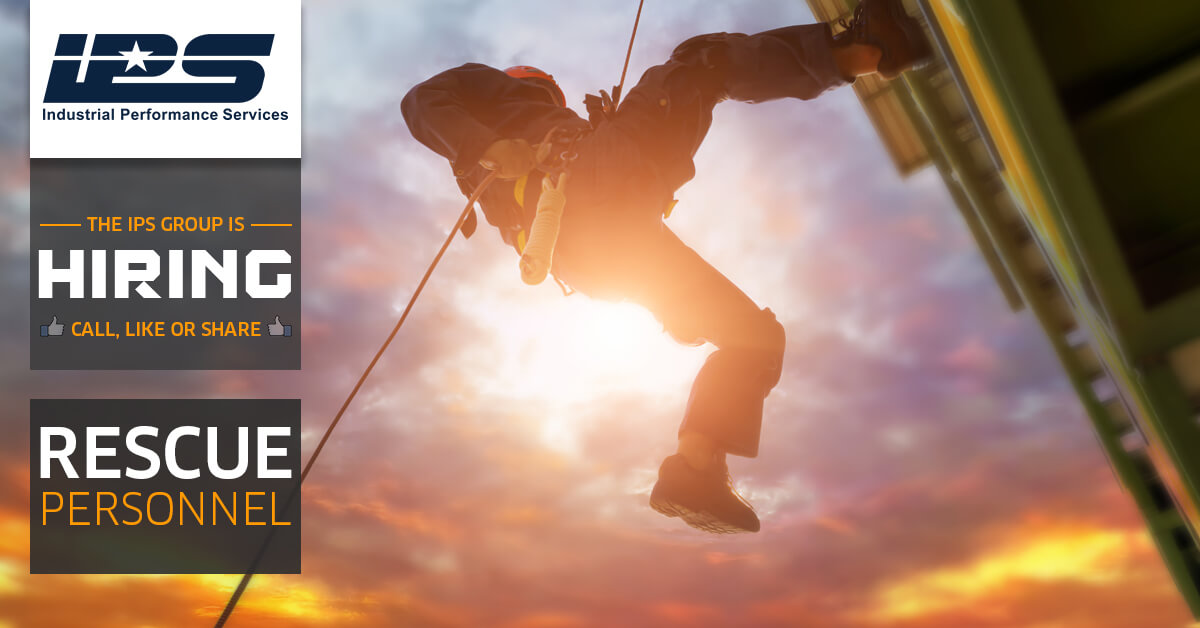Three fundamental challenges of rescue standards
The Art of Rescue – Shayne Torrans
While the concept of rescue possesses a fundamental and indispensable utility, articulating The Art of Rescue proves to be a challenging endeavor, as it transcends mere description and necessitates a profound sensory experience. Regrettably, this message may only resonate with those who share a profound passion for rescue.
In the context of standby rescue, our compensation is not for the tasks we perform but for the wealth of knowledge we possess. Consequently, our knowledge must be comprehensive. True knowledge diverges significantly from mere comprehension.
When we initially acquaint ourselves with technical subject matter, we typically grasp the basic principles of “how” it functions, yet often remain in the dark about the “why.” Gaining a profound understanding demands time, paralleling the process of genuinely comprehending an individual. You may “know” someone on a surface level, but can you truly claim to “understand” them?
Most of us are familiar with the fundamental principles of rescue, yet it’s essential to recognize that this skill is perishable, and its perishability increases as it becomes more technically demanding.
In the petrochemical industry, a significant challenge arises when many rescuers believe they can execute a technical rescue effectively within the constraints of a three-person team, particularly within the industrial setting. Personally, I hold a different perspective on this matter (backed by statistical data). Additionally, there is a common misconception that only specific requirements are necessary to execute a technical rescue. However, without a thorough understanding of the initial challenge, individuals cannot begin to assess or comprehend the second issue, not to mention the myriad of complexities that follow.
Allow me to elaborate: The most crucial yet frequently overlooked aspect of rescue operations is comprehending how an undermanned team behaves. Consider the implications of this understanding…
In the industrial sector, most rescuers typically undergo a “Level I” Rescue Class, which may go by various names regardless of where or by whom it is conducted. These names may include:
• Technical Rescue
• Structural Rescue
• High-Angle Rescue
• Confined Space Rescue
This class typically covers fundamental aspects such as basic knots, simple haul systems, primitive lowering systems, and the basics of packaging. The reason for teaching this specific subject matter is rooted in compliance with NFPA standards, which are highly regarded throughout the industry. It’s worth noting that this practice is generally accepted among firefighters and similar professions who often operate with larger teams and robust support systems in the field.
We are faced with three fundamental challenges:
- Traditional NFPA Level 1 rescue protocols typically necessitate a team of six rescuers or more to efficiently carry out even the most standard team tasks. For instance, a basic lowering system requires one individual each to operate the Primary, Safety, and Tag Line, while three additional sets of hands are required to support the basket. This calculation doesn’t even account for the need for extra personnel for adjunct roles or litter attendants.
- The existing standard in the petrochemical industry involves dispatching a three-person rescue team to perform fieldwork. This decision is often rooted in a cost-benefit analysis, considering the team’s billable rate in relation to the inherent risk involved.
- A significant challenge lies in the fact that the average field rescuer does not realize they are undermanned until they encounter an actual incident, often facing a 2:1 deficit. To put it simply, this translates to a 50% shortfall by any reasonable calculation. In essence, rescuers are operating in the field with only half the team they are accustomed to, demanding that they be at least twice as skilled just to meet the minimum requirements.
READ ENTIRE ARTICLE & BOOK: Click to Download PDF

The Art of Rescue
The IPS Group offers Turnkey Rescue Services
The IPS Group works diligently to provide the very best Stand-By Rescue Teams, and Safety Personnel for all size projects. We are staffed and ready for quick, one day jobs to a full-scale turnaround.
IPS offers cost-effective turnkey confined space rescue services. This service fully meets OSHA 1910 & 1914 regulations and requirements as well as the NFPA 1006, 1670 & 1983 Recommended Practices. Our seasoned managers and rescue experts will work closely with your staff to help prevent problems before they occur, and ensure that your employees are properly equipped to meet OSHA’s standards for confined space work.




